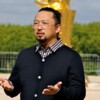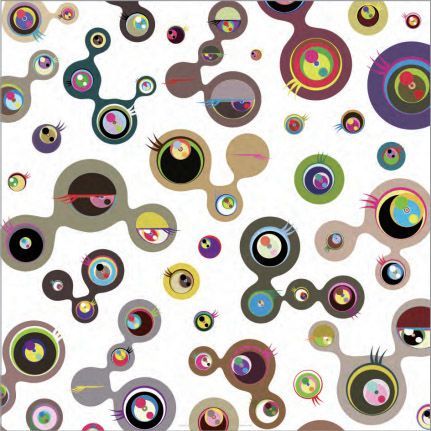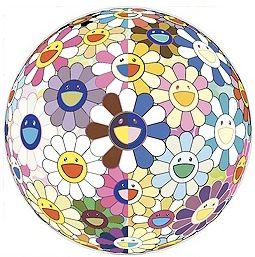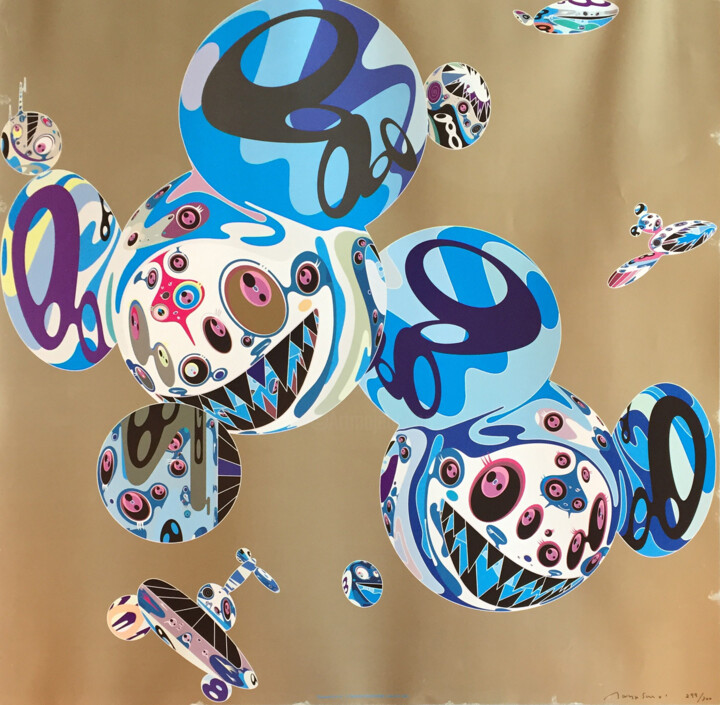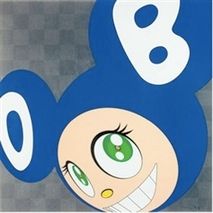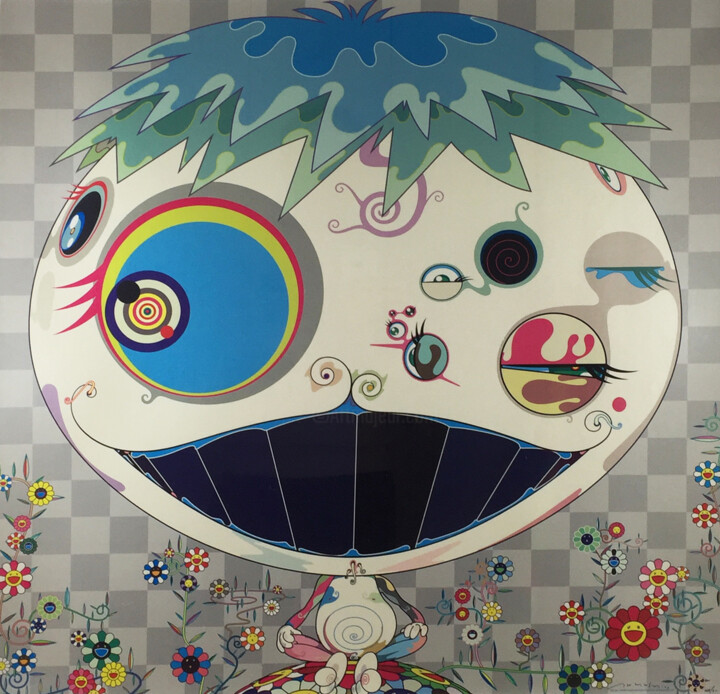Takashi Murakami is a famous neo-pop artist who has always been open to new technology. He was one of the first people to use crypto and NFTs, but even he worries that AI will make him useless. Murakami, who is 61 years old, has become his own brand thanks to his charming technicolor drawings that mix traditional Japanese art with manga from today. His paintings have sold for millions of dollars, led to fashion collaborations with Louis Vuitton and Kanye West, and been shown at some of the world's best museums and galleries. They are valued as insightful comments on the thin line between art and commerce. Murakami likes to shake things up, which hasn't always made him popular with Japan's art elite.
He thinks that software with AI will cause another wave of change. "The generational change will be dramatic," he said at the opening of a new show at the Gagosian gallery on the outskirts of Paris. It reminds him of when the Apple II computer came out in the 1980s and got rid of a lot of older design workers but gave more power to those who used it. He said, "AI will definitely hurt technical jobs, but I don't think it will be able to stop our ideas." "The most crazy ideas, the ones that even AI can't come up with, will be worth even more." That does mean that the power might move from artists to tech experts, who will be able to explore things that are hard to imagine right now. "Artists who make things that people already know will fall behind," he said. "I work with a certain fear that I'll be replaced one day." Ironically, Murakami says he was touched to finally get some praise from a more traditional part of Japanese society for his latest work paying tribute to kabuki theater.
He was talking in front of a huge 23-meter-long by 5-meter-high painting that tells a Kabuki story in his dazzling, cartoonish style. "Japan doesn't like me very much," he said while wearing Bermuda shorts and a jacket with his famous laughing flowers on it. "I have a pretty bad reputation because people think I give a false picture of Japanese society to the rest of the world. "This is the first time in Japan that I've been accepted in this way. I was thrilled." Still, it's clear that he wants technology to change. Visitors to the gallery opening on Saturday, which took some effort to find because it was hidden among the private jet hangars near Charles de Gaulle airport, were going to get an NFT of a virtual coin with flowers on it. The show has a wall of pixelated images of Karl Marx, Adam Smith, Vitalik Buterin, and Elon Musk in the style of NFT. The portraits show a line from Marx and Smith to Buterin and Musk.
Like the rest of his work, they look simple and like they were printed, but they were actually carefully painted by hand and then lacquered to make his famous "Superflat" style. He thinks that this work is a link between traditional art and digital art, but he knows that it can be hard to sell. "Longtime collectors who have liked my work have trouble with these pixelated drawings," he said. "But I made my works in a Japanese or Eastern style, not a Western one, and I think that pixel art from video games from the 1970s is a kind of representation of Japanese culture." Crypto is "like a new continent" that is still being found. He said, "It will be a few more years before people get used to it."

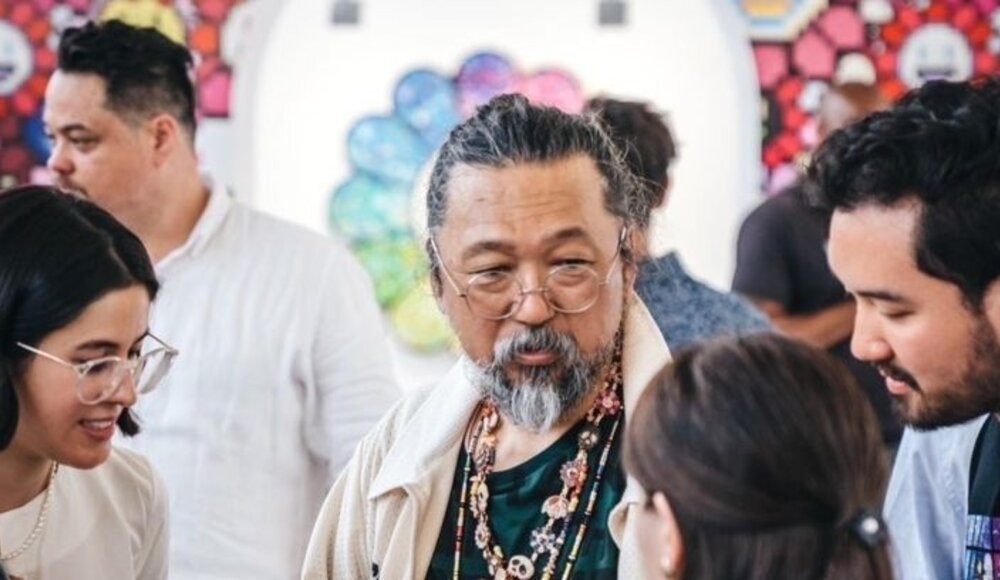
 Jean Dubreil
Jean Dubreil
